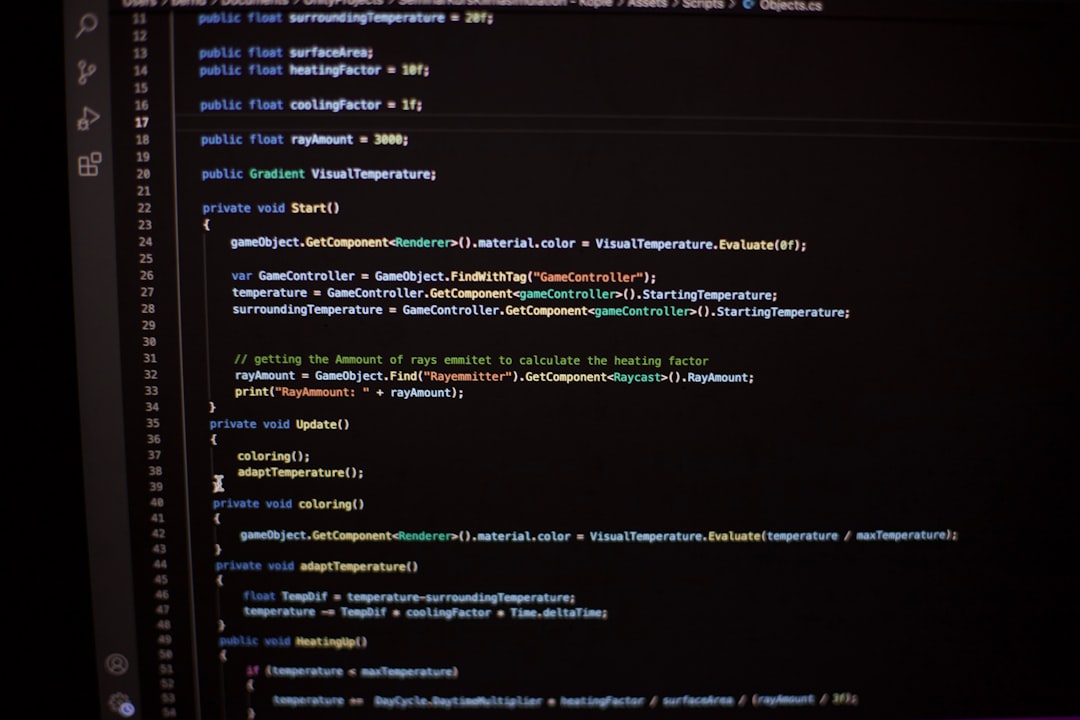
Function Optimization Techniques for Efficient Path Generation
In the realm of technology, efficient path generation plays a crucial role in various applications, from robotics to logistics. Function optimization techniques have emerged as key methods to enhance these processes, ensuring that systems operate at peak efficiency. In this article, we delve into the different function optimization techniques for efficient path generation, exploring their significance, current developments, and practical applications.
Understanding Function Optimization
Function optimization refers to the process of finding the best solution from a set of feasible solutions, often represented by mathematical functions. In the context of path generation, this involves determining the most efficient route for a given task, minimizing time, cost, or energy consumption.
Popular Function Optimization Techniques
1. Gradient Descent
Gradient descent is a widely used optimization algorithm that focuses on minimizing a function by iteratively moving in the direction of the steepest descent. This technique is particularly useful when dealing with continuous functions and can be applied to various pathfinding algorithms in robotics.
# Example of Gradient Descent Pseudocode
function gradientDescent(f, grad_f, x0, learning_rate, num_iterations):
x = x0
for i in 1 to num_iterations:
x = x - learning_rate * grad_f(x)
return x2. Genetic Algorithms
Genetic algorithms (GAs) apply the principles of natural selection to optimize solutions. GAs are particularly effective for complex pathfinding problems where traditional methods may falter. They use a population of solutions, evolving them through selection, crossover, and mutation to find the optimal path.
3. Simulated Annealing
Simulated annealing is a probabilistic technique that searches for a good approximation of the global optimum. It’s inspired by the annealing process in metallurgy, where controlled cooling of materials leads to a more stable structure. This technique is beneficial for navigating large solution spaces and can effectively address path generation challenges.
Practical Applications
Robotics
In robotics, path generation is vital for autonomous navigation. Function optimization techniques help robots avoid obstacles and find the shortest route to their destination. For instance, utilizing gradient descent can enable a robot to adjust its path dynamically based on real-time environmental data.
Logistics and Supply Chain
Logistics companies implement function optimization techniques to enhance route planning and delivery schedules. By minimizing travel time and fuel consumption, businesses can reduce operational costs and improve service quality. Genetic algorithms, for example, are often employed to solve the traveling salesman problem, optimizing delivery routes for efficiency.
Current Developments and Emerging Trends
With advancements in artificial intelligence and machine learning, function optimization techniques are becoming increasingly sophisticated. Researchers are exploring hybrid approaches that combine multiple optimization methods, leading to more robust solutions for path generation. Additionally, the integration of real-time data analytics allows for dynamic path adjustments, improving responsiveness in various applications.
Expert Opinion
Dr. Emily Tran, a leading researcher in robotic navigation, emphasizes the importance of function optimization in modern technology: “As we continue to integrate AI into everyday applications, the ability to efficiently generate paths will be critical in ensuring that systems are not only effective but also adaptable to changing environments.”
Further Reading and Resources
For those interested in diving deeper into function optimization techniques for efficient path generation, consider exploring the following resources:
- Introduction to Optimization
- Genetic Algorithms in Search, Optimization, and Machine Learning
- Simulated Annealing in Optimization Problems
Tools for Implementation
To implement function optimization techniques effectively, consider utilizing tools such as:
- SciPy: A scientific computing library in Python that provides optimization algorithms.
- Google OR-Tools: An open-source software suite for optimization and operations research.
- MATLAB: Offers built-in functions for various optimization techniques, including genetic algorithms and simulated annealing.
Conclusion
Function optimization techniques are indispensable for efficient path generation across various domains, from robotics to logistics. As technology continues to evolve, embracing these methods will ensure enhanced performance and adaptability in navigating complex environments. By leveraging the insights and tools discussed in this article, readers can explore the potential of function optimization in their projects.
Don’t forget to share this article with your peers and subscribe to our newsletter for more insights on technology trends and innovations!


